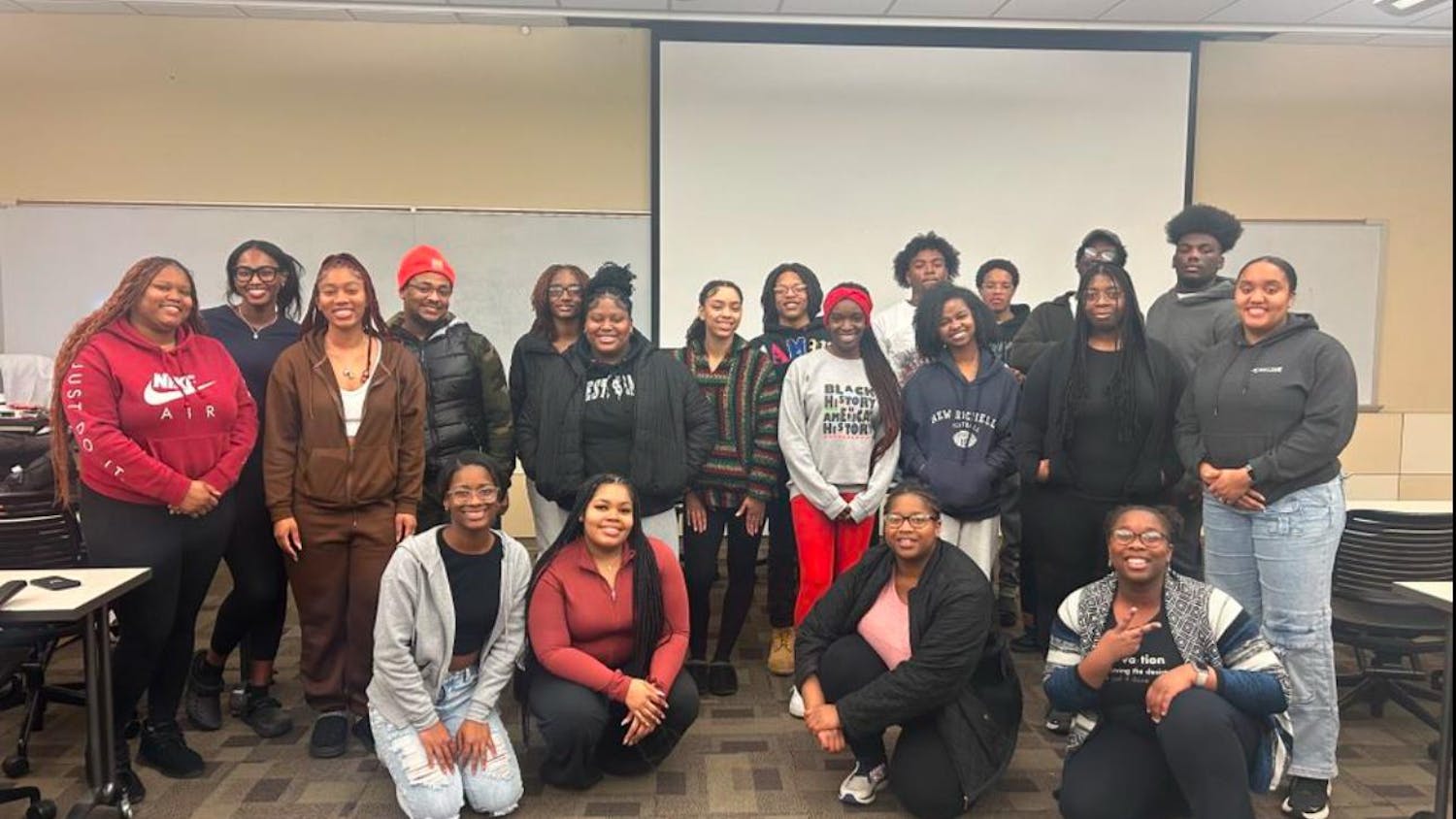Wright State’s Vice President for Business and Fiscal Affairs Mark Polatajko is typically this time of year preparing the university’s annual budget to be presented before WSU’s Board of Trustees. But this year, Polatajko is in a holding pattern.
With the uncertainty caused by the state of Ohio’s biennial budget, which has yet to have a vote in the state’s House of Representatives and Senate, Polatajko is holding off on announcing WSU’s fiscal year 2016 budget until June.
“There is a lot of uncertainty and it pushes our work later into that timeline,” Polatajko said.
Both Wright State and the state of Ohio have their 2016 fiscal year begin in July.
There are two key questions, according to Polatajko: What will the state’s share of instruction be and will the university’s tuition be capped by the state? The answer to those questions may not come until late in June. Ohio Governor John Kasich has until June 30 to sign the state’s biennial budget, which first must get approval from the legislature.
Until then, Polatajko does not know whether fees and tuition will increase at the university next year.
In 2014-15, nearly one-fourth of the university’s revenue came from Ohio’s general revenue fund.
“We have been relying on around $80 million (annually from the state) the past couple of years,” Polatajko said. “We rely on the state budget to lend precision to our budget proposal to our board.”
While Kasich presented his proposed budget in February, key decision makers in the state know that even with a Republican-backed legislature, nothing is guaranteed in the process. For instance in 2013, Kasich proposed a major change in the state’s taxation burden, shifting some of the load onto the burgeoning fracking industry. The plan was shot down by the legislature.
In Kasich’s 2016-17 budget, he is proposing a tuition increase cap of 2 percent for the 2015-16 academic year and a tuition freeze for the following year. Kasich also proposed increasing the state share of instruction out of the general revenue fund by 2 percent for fiscal year 2016, and 2.5 percent the following year.
In fiscal years 2014 and 2015, Polatajko said the university only received a 1.9 percent increase in the state share of instruction each year.
While Polatajko would be happy to see additional funds, there continues to be a higher burden placed on students. Five years ago, the university saw a nearly $14 million reduction in funds from the state. Historically, students have had to take more of the load for paying for their education.
In 1980, for every $1 spent by students, Ohio contributed $2.14 towards each student’s education. In recent years, the amount the state spends per every dollar spent by students has dwindled to 47 cents.
Because university expenses have risen while state support has not increased at the same rate, Polatajko said the university looks to reduce redundancy and partner when possible to reduce costs.
“Wright State has been a leader in shared services,” Polatajko said. “As we bundle and leverage our collective volume, all of a sudden we have a reduction in unit pricing, which is seen on campus.”
Polatajko pointed out a few projects that he said helped WSU to have the fourth-lowest tuition cost in Ohio out of the state’s 13 public institutions. Kasich has asked public institutions to become more efficient in their spending.
“My takeaway (from Kasich’s unveiling of the state budget) was a lot of the things they were talking about, we’re already doing,” Wright State spokesperson Seth Bauguess said. “It seems to me that they’re asking more universities to be like Wright State.”
Polatajko said based on current projections, enrollment for 2015-16 is suggesting higher attendance at the university. Having more students will help WSU with its fixed costs.
“When we entered from quarters to semesters a few years ago, we entered a new baseline,” Polatajko said. “That trend has been positive for the last two or three years.”












